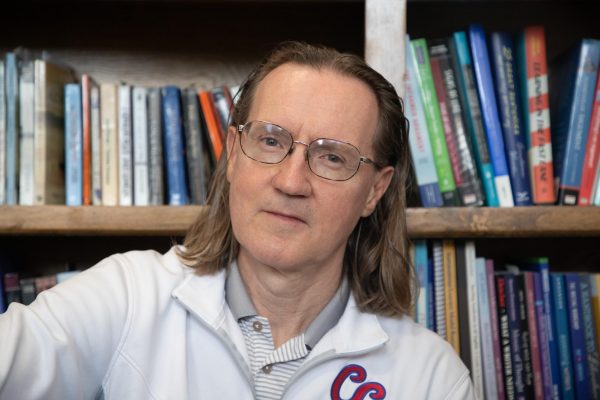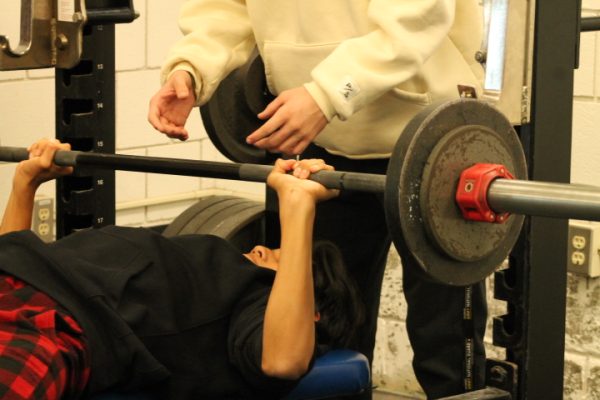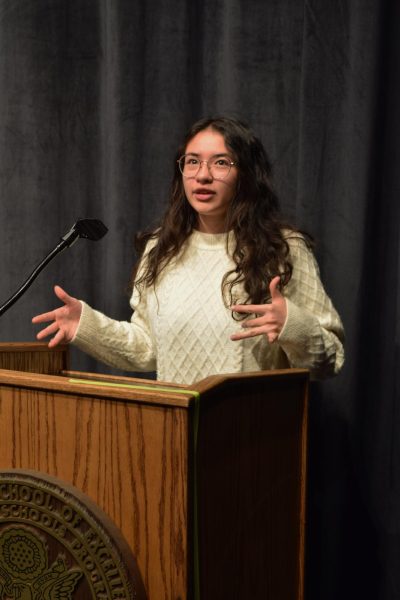ILC: The students we don’t really know
April 2, 2019
I saw seven confident hands, raised inches apart from each other. As questions are asked, they are immediately answered. Students that worked in groups did so cooperatively, helping other students who seemed to be confused. This might sound like a typical class, but it’s not one you would expect.
The ILC (Instructional Learning Center) program, which is part of the Student Achievement Services department, is for students with identified cognitive, intellectual, or developmental disabilities.
A lot of Creek students don’t know any of these ILC students, even though we all go to the same school.
Approaching someone new is already difficult for many students, so attempting to connect to students who don’t have any immediate similarities.
Sophomore Jack Wooden says that he doesn’t intentionally avoid ILC students. “ I just don’t have classes with ILC students, so I don’t go out of my way to talk to them.”
Initially, I pictured a chaotic room with teachers struggling to find a means of communication. I was completely wrong. The first day, I walked into a social studies class and, to my surprise, they went into great detail about the culture of Mayan civilization. While on their Kahoot, I saw students answering their questions confidently, like I would in any class.
An ILC student, according to SAS teacher Caitlin Bennethum “is a student who has a disability.”
ILC students take classes that will help them grow to be independent in the future.
“Students in the ILC program will always take the four core classes: English, Math, social studies and science,” Bennethum said.
The goals of the ILC classes are to help students who are disabled interact with others through events like sports and Best Buddies.
Senior Saskia Angelov, an active member of Best Buddies, has enjoyed spending time with ILC students. “There are obvious differences but I have a good time anyways,” she said.
From my visits to ILC classrooms, it seemed that mos of the disabilities were related more to comprehension than communication. These small revelations were less profound the more I visited. The second day, I came in during a science class, and as the teacher was talking about matter and ions there was a genuine curiosity that filled the room. The students were actively engaged and asking questions..
What I appreciated most was the large sense of companionship carried among the students.
“They work phenomenal together,” Bennethum said, “and I think that because our general ed population really takes on that leadership role and that role model role, students really look up to them and are inspired by them.”
Although they would occasionally tease each other, it was apparent that there was friendship. The third day, it was clear that these students aren’t as different from other Creek students as I thought.

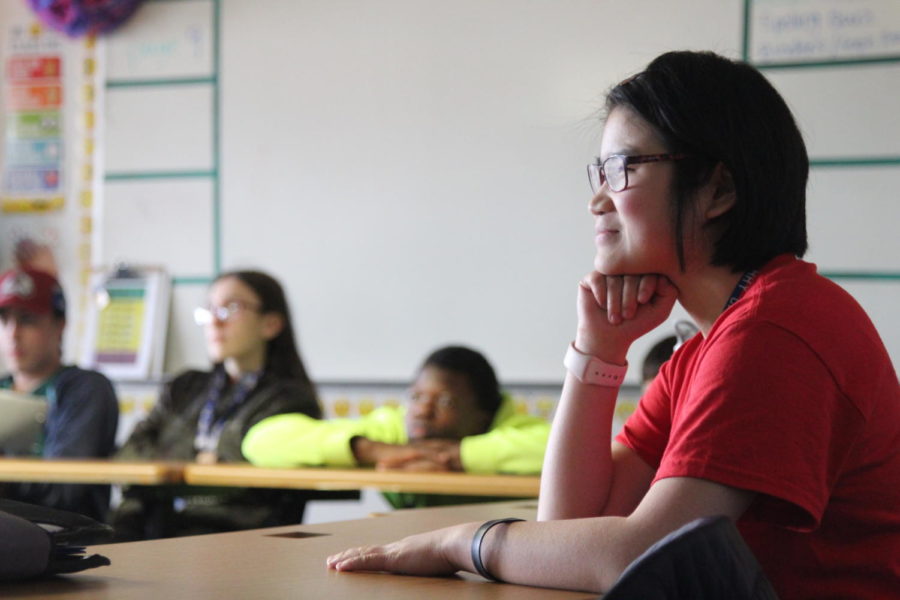

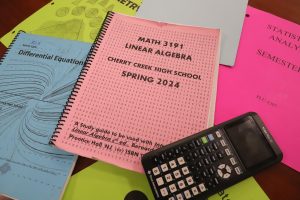
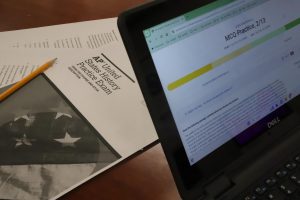

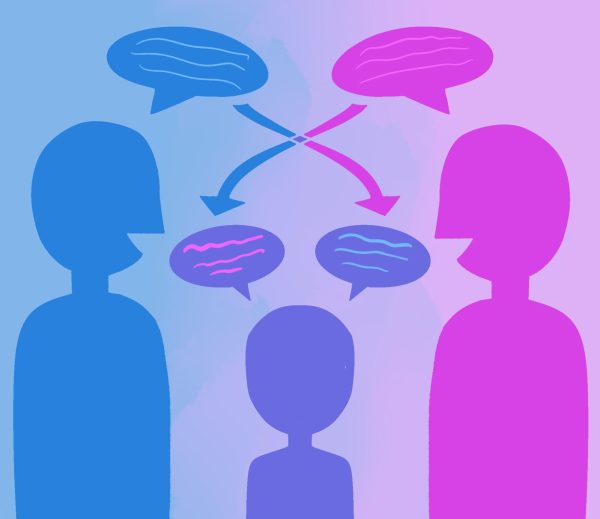
![Creek Unified, the program that promotes inclusion of those with disabilities, through team sports. “I like unified [because] I get to see my friends,” Debolt said. “And I like to play [with] all the boys.”](https://unionstreetjournal.com/wp-content/uploads/2024/04/thumbnail_WrynsEditsFINAL-email-new-keep-final-copy1-600x436.jpg)

